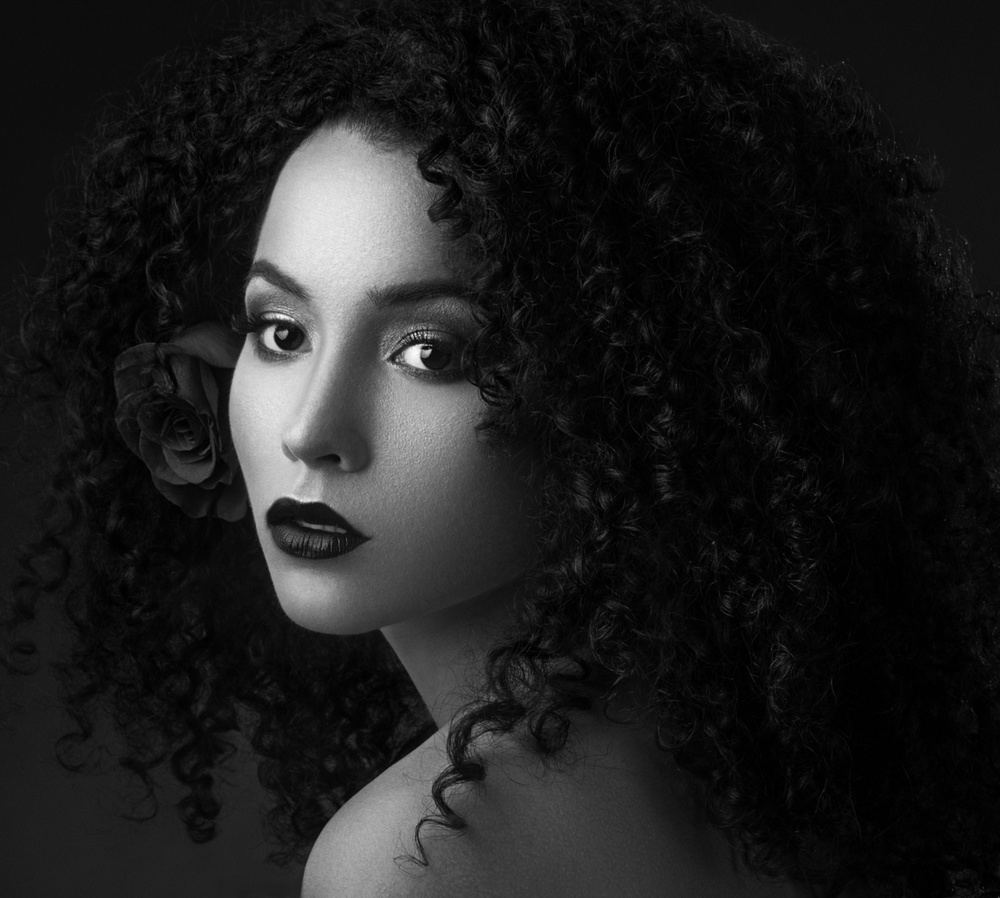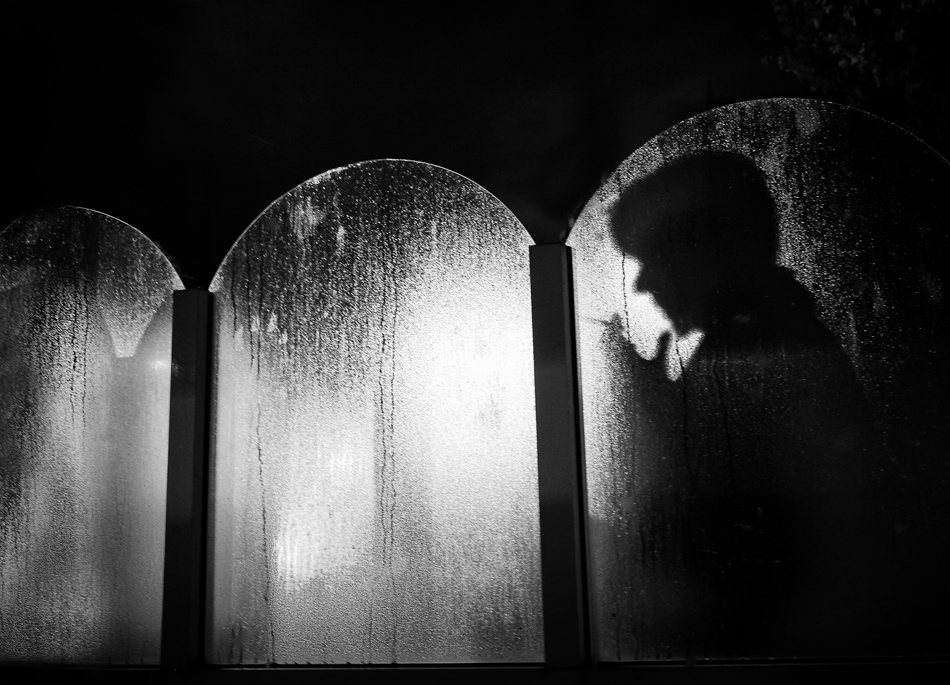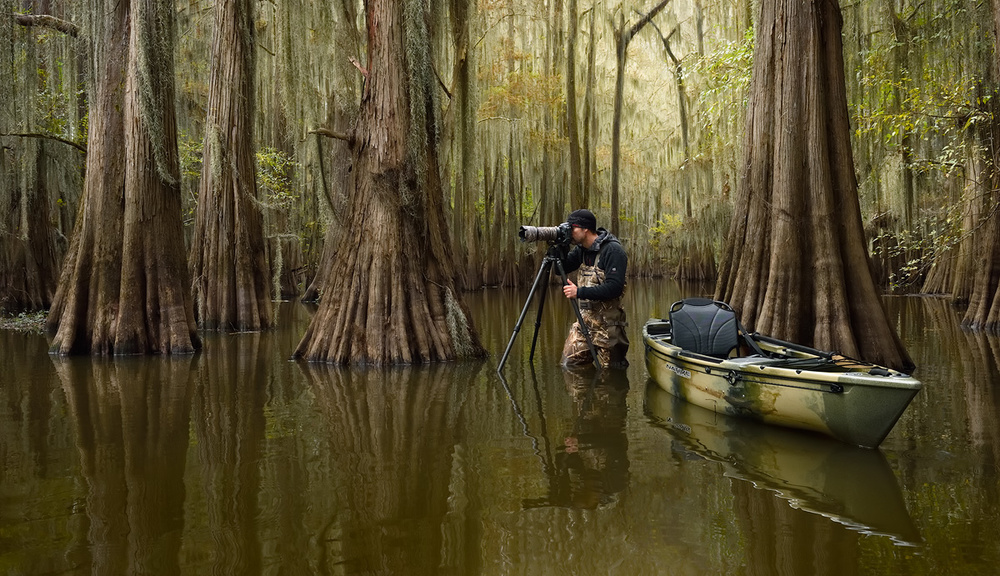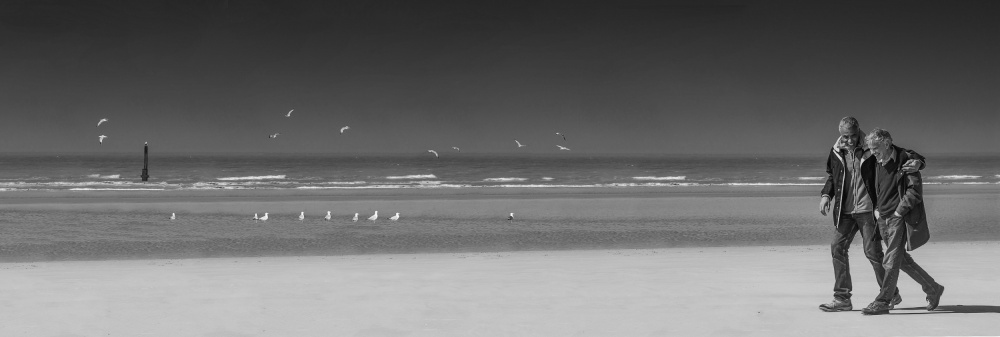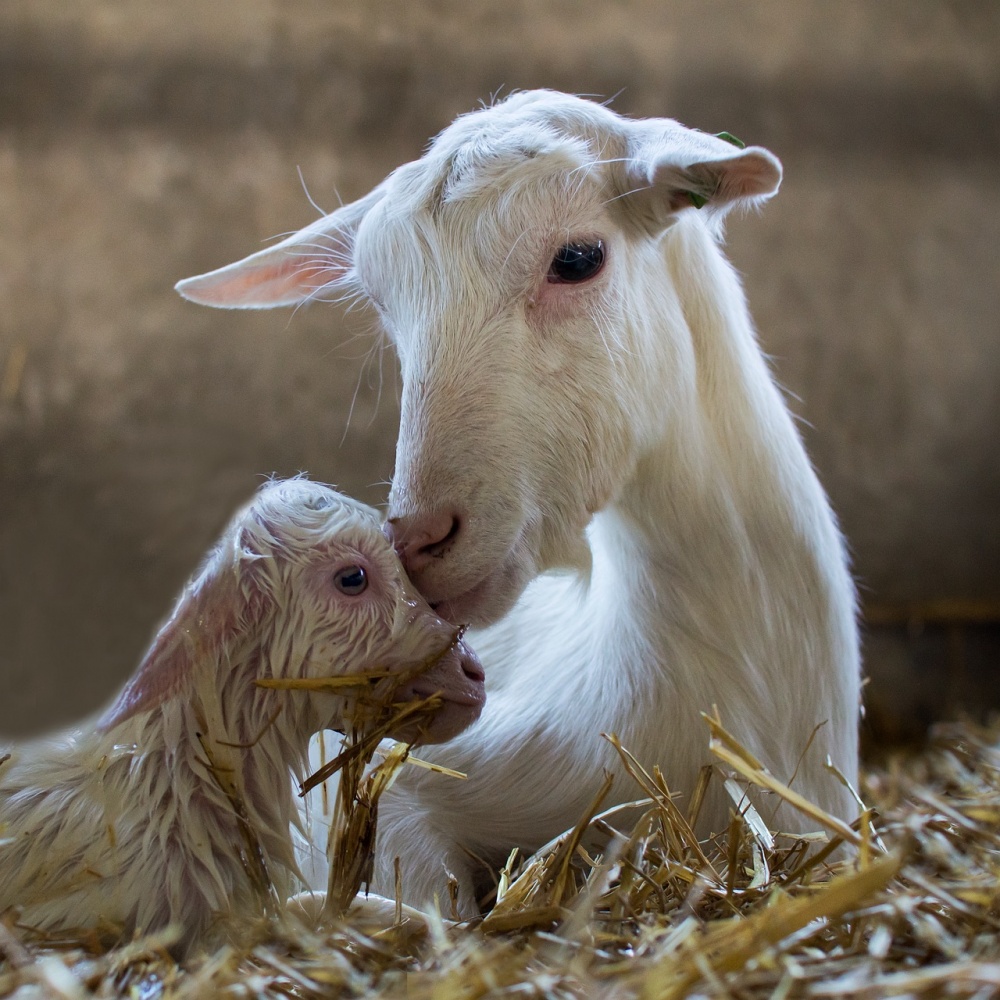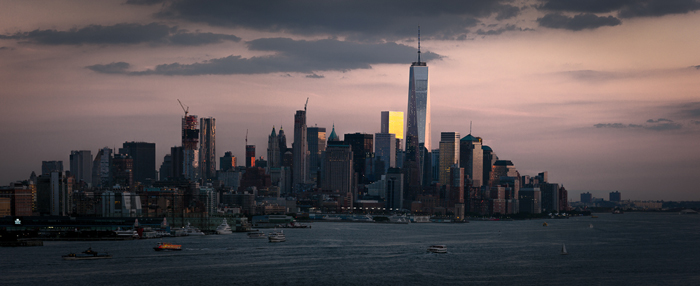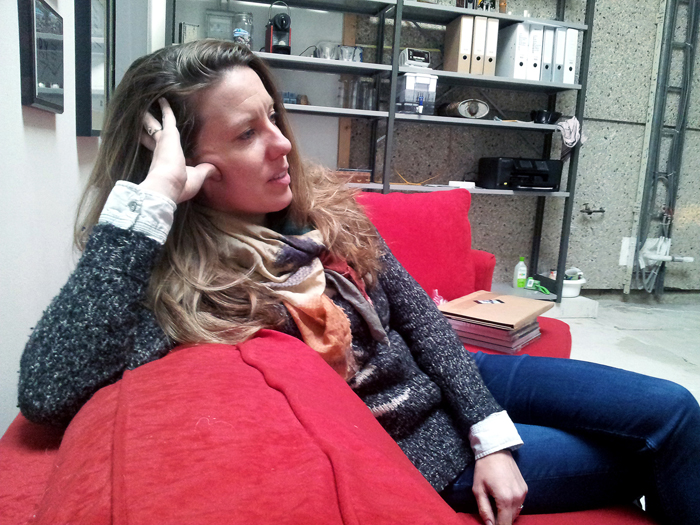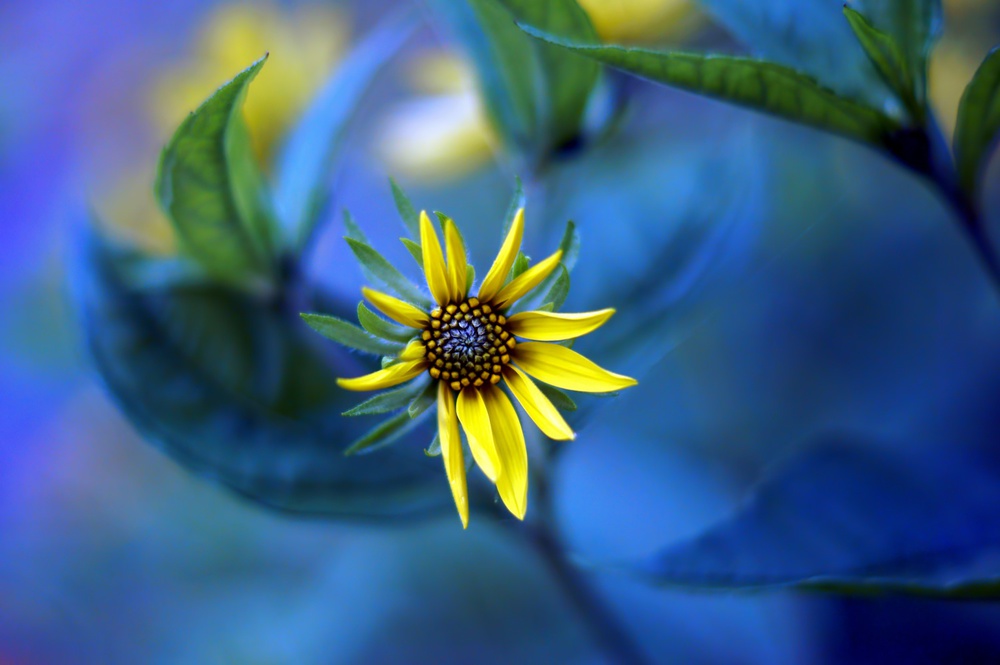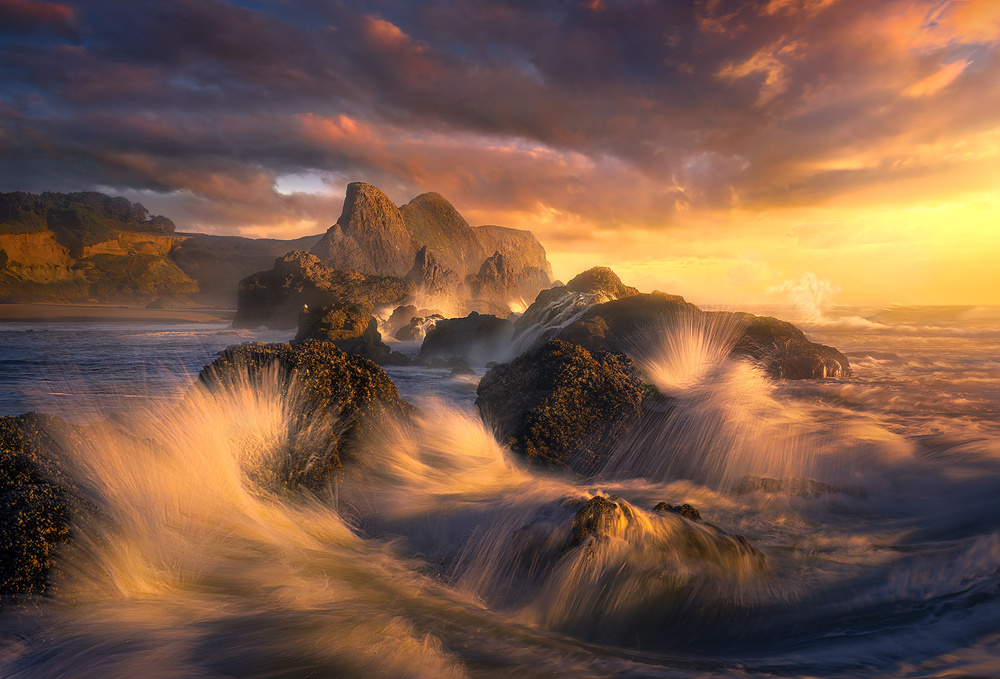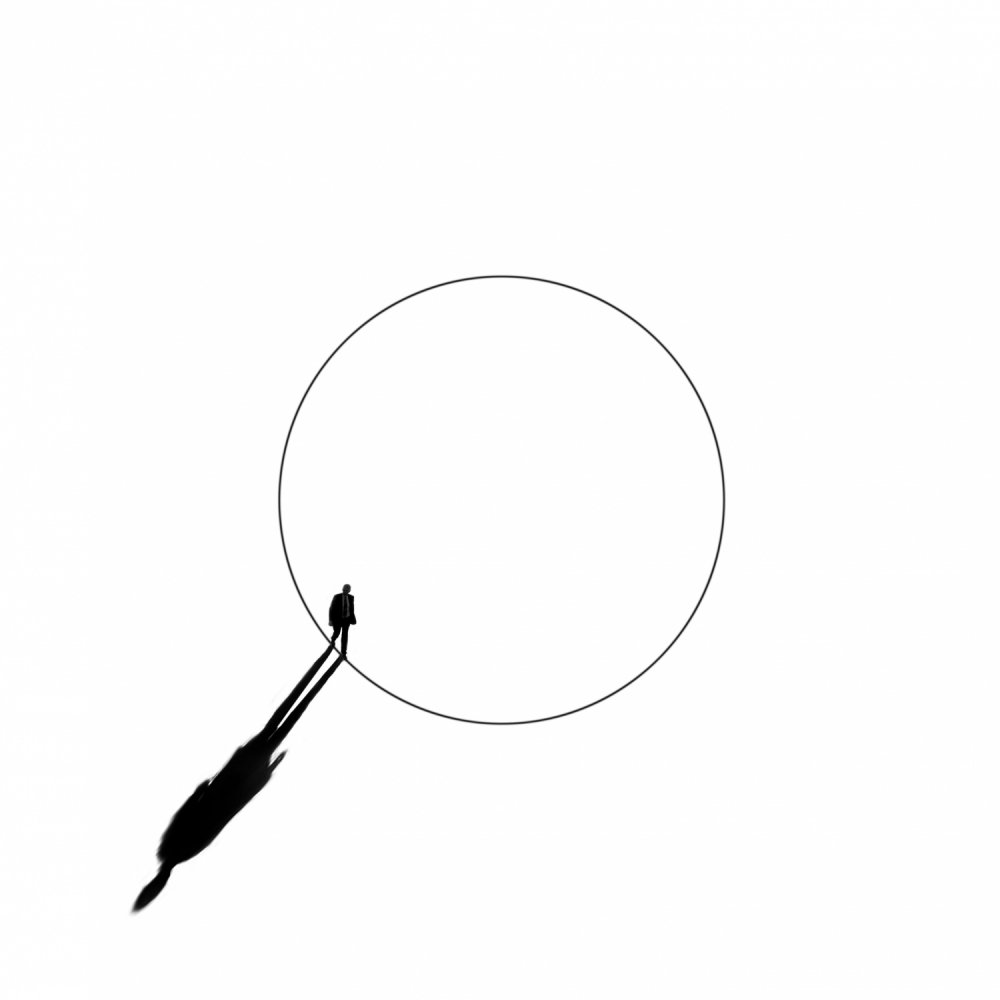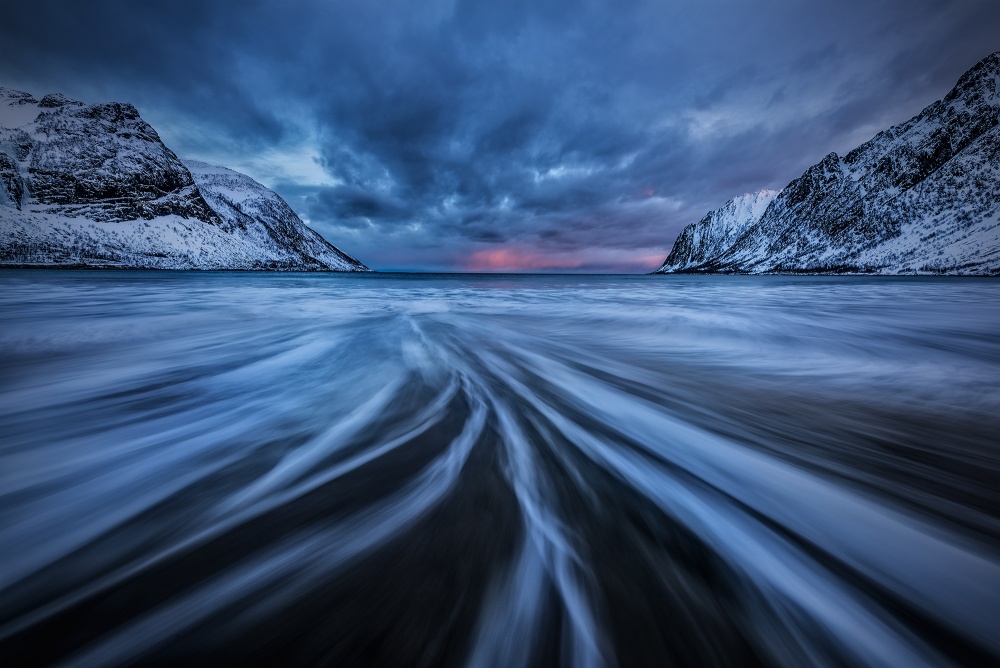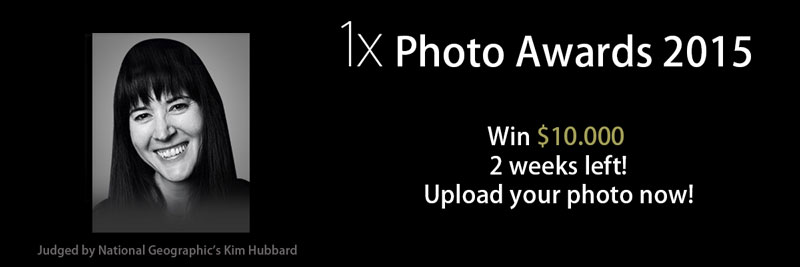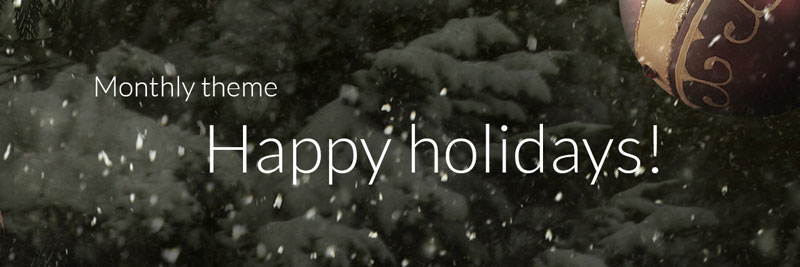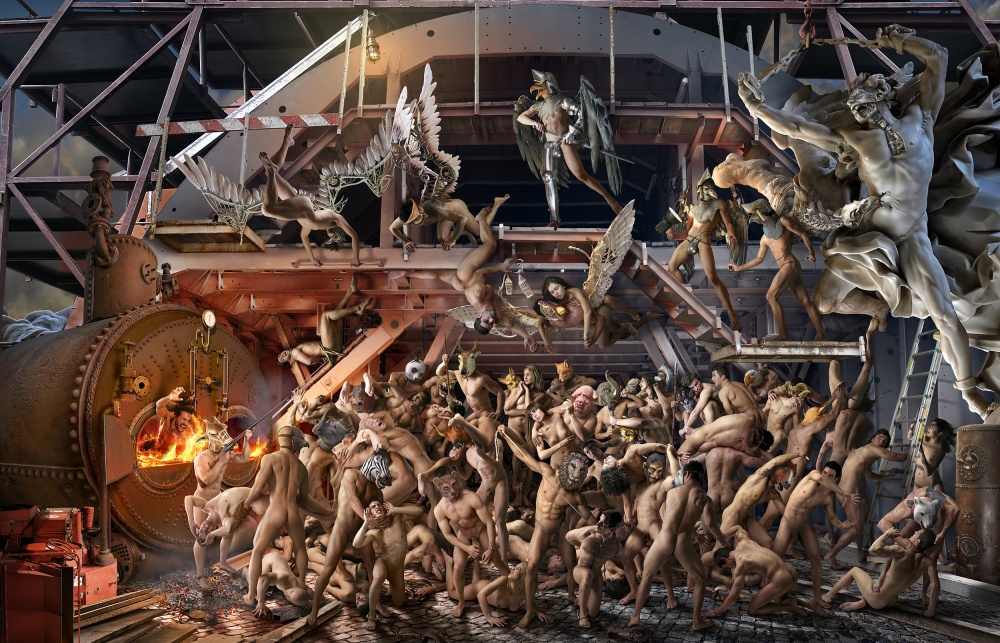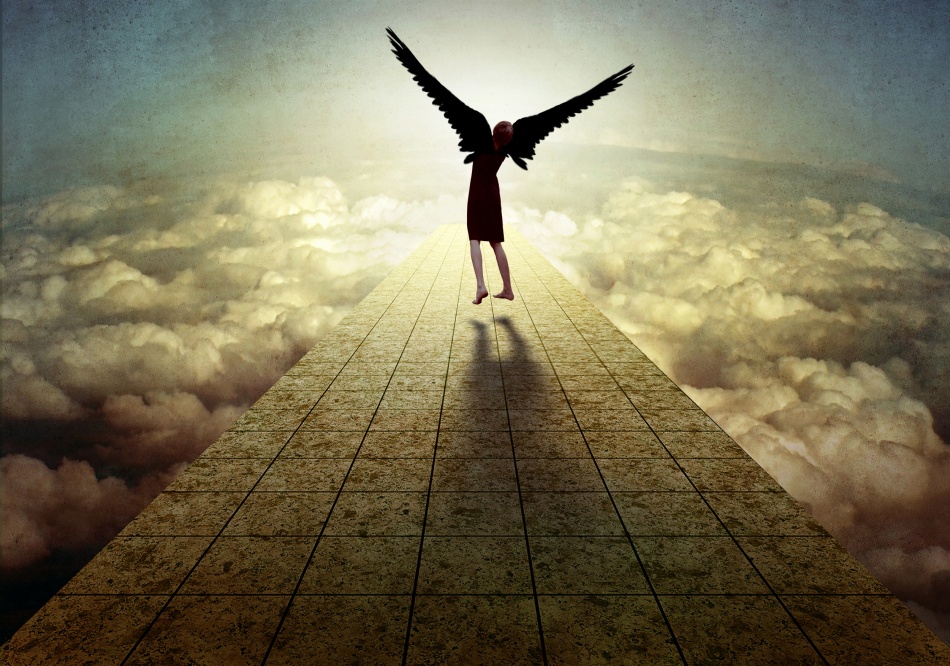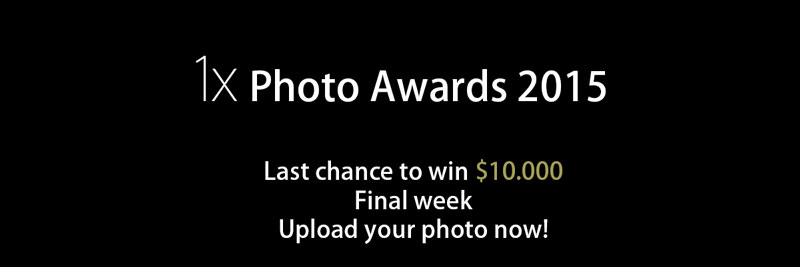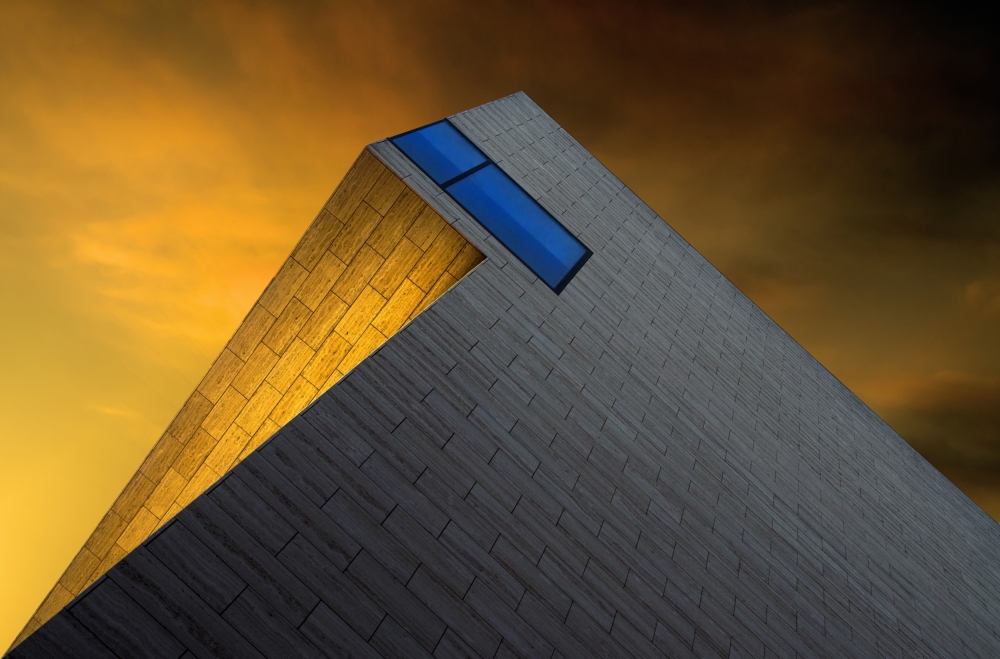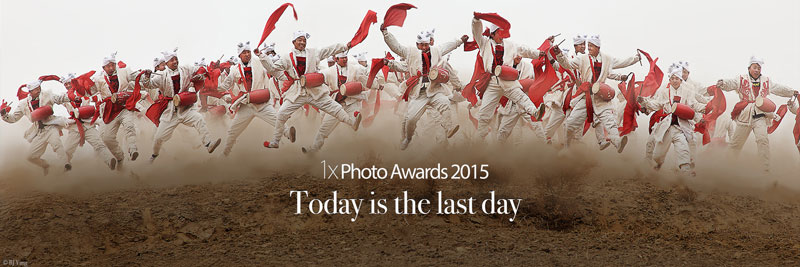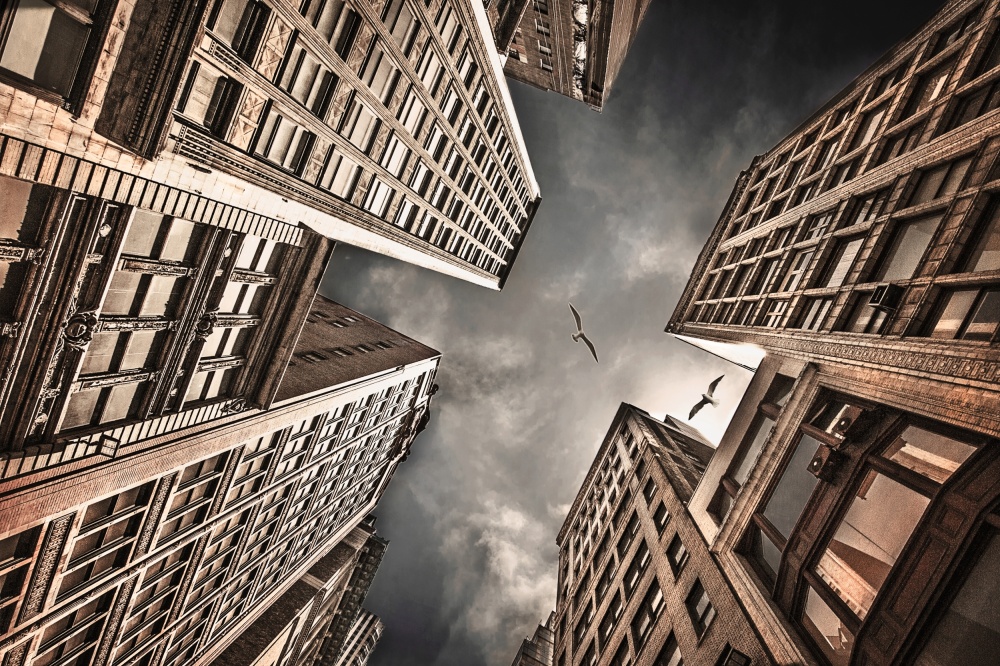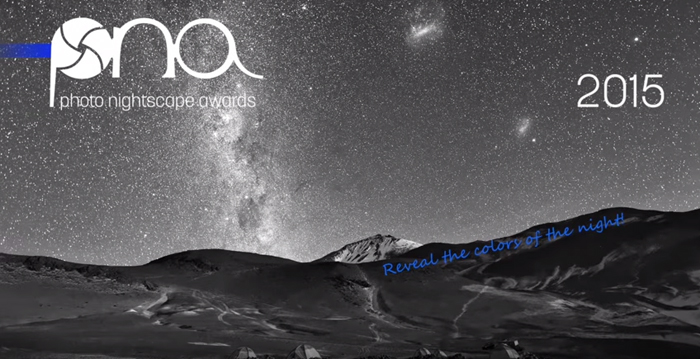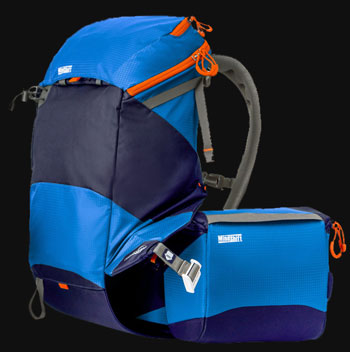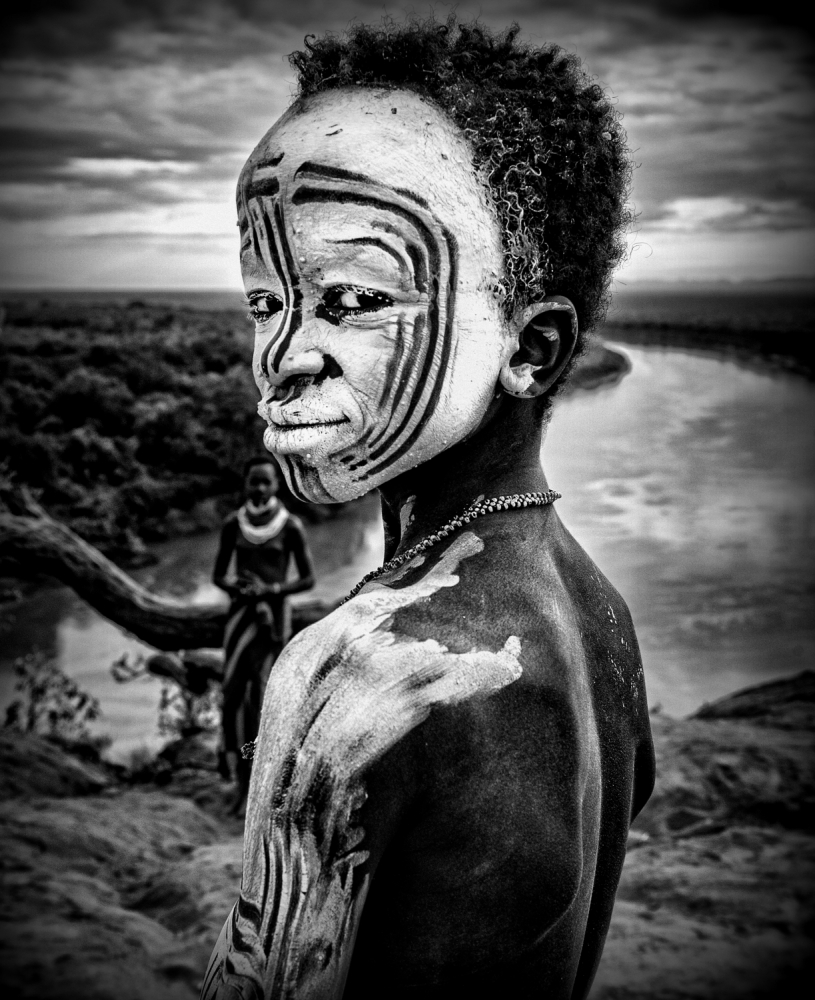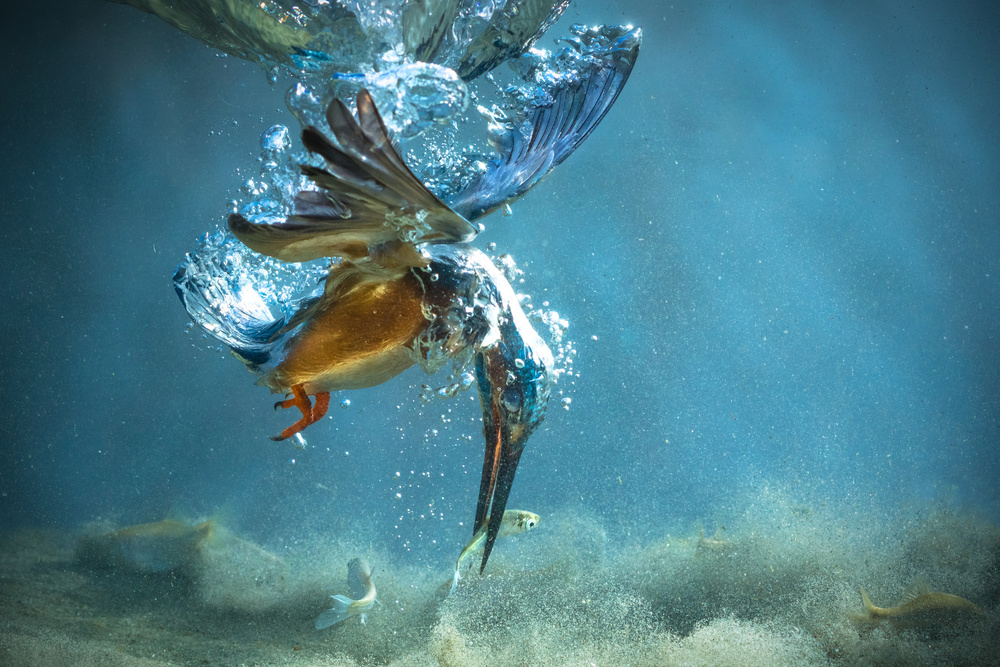Contests
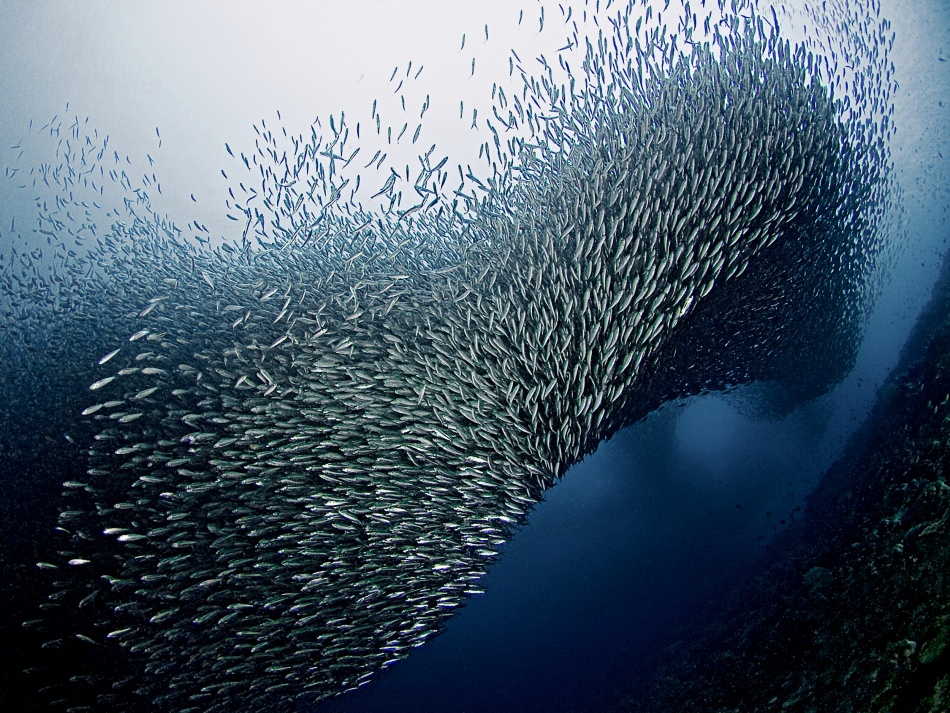
Sardines Tornado
1x Blog Contests' .
. '
Henry Jager is a passionate and wildlife photographer with an incredible sense for an unexptected view on his subjects. One of his greatest passions is to photograph the fantastic underwater world and make it's beauty available for everybody. In this tutorial, Henry reveals how he took this amazing "Sardines Tornado" shot.
Pescador Island's school of sardines appeared like a whirlwind. Seconds after this shot, the school passed in front of the sun. It suddenly became dark from a topside tornado, and we were surrounded by millions of sardines. It was an impressive show that I'll never forget!
Pescador Island is located in the region of Kasai Village in Moalboal, the Philippines. The sardines around Pescador Island are well known. My task was to shoot some decent pictures of the school to be used in promotional material for a local dive and spa resort.
Underwater photography is possible with just about any camera. All you need is a housing, which protects your camera from flooding while all of the functionality of your camera is still available. Underwater photography deals with low light and diminishing colors. First the red tones disappear, then the other colors until the blue tones are all that remain. In addition to general knowledge about photography, you need special training to achieve good results when shooting underwater. The trickiest part is dealing with strobes in combination with available light. In this picture, the colors are negligible, and only a fill flash was needed.
To prevent an unattractive muddle of fish in your picture, shooting a huge school of small fishes needs to be planned and executed carefully. But because you are dealing with nature, you have to be quite flexible as well. The goal is to make the entire school of fish the subject, not just a few individual fishes.
There are two separate factors to consider when planning to shoot underwater: the actual dive and the photos. Underwater photography is restricted by the limitations of diving, such as the depth and the duration of the dive. Knowing the behavior of your subject is a great advantage, and it pays off to study in advance. And don't forget to bring a bag of luck with you!
On this day I decided to devote my hour-long dive only to the school of sardines. By doing this, I gave myself plenty of time to be patient and find some good shots of them. Patience is one of the most important aspects of nature photography, and especially of underwater photography where you can easily feel rushed because of your limited dive time. So focus on a few or even one single subject per dive. And go with a private guide who can lead you to the perfect spots — trying to photograph fish in a group of eight divers is as ineffective as driving around with a group to photograph wild game when everyone is fighting for the window seat!
It only took 20 minutes to travel by boat from Kasai Village to Pescador Island. My dive buddy, a local divemaster, and I checked the situation of the ocean current around the island and, after considering the angle of the sun, decided on the right place to dive. The island is small and we knew that the school had to pass through this area sooner or later.
After a final check of our equipment, we went down to a depth of about 50 feet (15 m) and looked for a good place to wait. It's important to choose a slightly hidden place so the school will pass by really close! And of course you need to find a place with favorable composition conditions. I generally like to include the bright surface in my frame, where the sunlight enters the sea.
As I previously mentioned, underwater photography is about shooting with low available light and therefore there is a need for good strobes. Without the added light, the school would have been very dark in this image since there was so much sunlight in the background. To prevent backscatter — what appears to be snowflakes in the photo caused by flashed particles in the water — a proper positioning of the strobes is crucial. I turned the strobes on full power and aimed them slightly outward so that the narrow area in front of the lens remained unlit by my lights.
I made a lot of test shots that included parts of the reef or other fishes swimming around until I was ready for the sardines. And then they came, fast and compact, around the reef corner. Only a few shots were possible, and then the school disappeared. Yes, it sounds like a pity, but sitting in a stationary school will produce a muddled fish picture.
"The trickiest part is dealing with strobes in combination with available light."
Underwater photography is possible with just about any camera. All you need is a housing, which protects your camera from flooding while all of the functionality of your camera is still available. Underwater photography deals with low light and diminishing colors. First the red tones disappear, then the other colors until the blue tones are all that remain. In addition to general knowledge about photography, you need special training to achieve good results when shooting underwater. The trickiest part is dealing with strobes in combination with available light. In this picture, the colors are negligible, and only a fill flash was needed.
To prevent an unattractive muddle of fish in your picture, shooting a huge school of small fishes needs to be planned and executed carefully. But because you are dealing with nature, you have to be quite flexible as well. The goal is to make the entire school of fish the subject, not just a few individual fishes.
There are two separate factors to consider when planning to shoot underwater: the actual dive and the photos. Underwater photography is restricted by the limitations of diving, such as the depth and the duration of the dive. Knowing the behavior of your subject is a great advantage, and it pays off to study in advance. And don't forget to bring a bag of luck with you!
"Patience is one of the most important aspects of nature photography, and especially of underwater photography where you can easily feel rushed because of your limited dive time."
On this day I decided to devote my hour-long dive only to the school of sardines. By doing this, I gave myself plenty of time to be patient and find some good shots of them. Patience is one of the most important aspects of nature photography, and especially of underwater photography where you can easily feel rushed because of your limited dive time. So focus on a few or even one single subject per dive. And go with a private guide who can lead you to the perfect spots — trying to photograph fish in a group of eight divers is as ineffective as driving around with a group to photograph wild game when everyone is fighting for the window seat!
It only took 20 minutes to travel by boat from Kasai Village to Pescador Island. My dive buddy, a local divemaster, and I checked the situation of the ocean current around the island and, after considering the angle of the sun, decided on the right place to dive. The island is small and we knew that the school had to pass through this area sooner or later.
After a final check of our equipment, we went down to a depth of about 50 feet (15 m) and looked for a good place to wait. It's important to choose a slightly hidden place so the school will pass by really close! And of course you need to find a place with favorable composition conditions. I generally like to include the bright surface in my frame, where the sunlight enters the sea.
"To prevent backscatter — what appears to be snowflakes in the photo caused by flashed particles in the water — a proper positioning of the strobes is crucial."
As I previously mentioned, underwater photography is about shooting with low available light and therefore there is a need for good strobes. Without the added light, the school would have been very dark in this image since there was so much sunlight in the background. To prevent backscatter — what appears to be snowflakes in the photo caused by flashed particles in the water — a proper positioning of the strobes is crucial. I turned the strobes on full power and aimed them slightly outward so that the narrow area in front of the lens remained unlit by my lights.
I made a lot of test shots that included parts of the reef or other fishes swimming around until I was ready for the sardines. And then they came, fast and compact, around the reef corner. Only a few shots were possible, and then the school disappeared. Yes, it sounds like a pity, but sitting in a stationary school will produce a muddled fish picture.
POST PROCESSING
Underwater photography post-processing is a bit different from the general workflow. Take more time than usual to adjust white balance. Dirt and plankton, which appear as dust or flakes, are floating in the water; therefore, I include a cleaning step in my workflow to remove spots. Despite a proper strobe positioning, there are often some nasty spots.
You can imagine that those particles also create a natural softening filter effect. Besides the diminishing color problem that I mentioned, this is another reason why we have to be very close to the subject and avoid long distance shooting. Even if you are close to the fish, when you are processing the photos, pay special attention to the Clarity adjustments (not just the Contrast) and a differentiated sharpening method.
You can imagine that those particles also create a natural softening filter effect. Besides the diminishing color problem that I mentioned, this is another reason why we have to be very close to the subject and avoid long distance shooting. Even if you are close to the fish, when you are processing the photos, pay special attention to the Clarity adjustments (not just the Contrast) and a differentiated sharpening method.
TIPS
The underwater world is rich with life; therefore, there is an abundance of subjects to photograph. Don't get distracted or rushed by your limited dive time. Focus on one or just a few subjects.
The availability of light is the biggest difference to top water shooting. Diminishing colors and low available light are compensated with good strobes in the right position.
Always bring a bag of luck with you!
The availability of light is the biggest difference to top water shooting. Diminishing colors and low available light are compensated with good strobes in the right position.
Always bring a bag of luck with you!
BIOGRAPHY
I'm a passionate underwater and wildlife photographer with an incredible sense for an unexpected view on my subjects. Our earth’s biodiversity is amazing. Especially underwater, you find the craziest creatures as well as the cutest, most colorful and most impressive ones. My passion is to photograph this fantastic underwater world as well as the topside life and make the beauty of nature available to everyone.
In 2012 I was awarded the Grand Master title by the world’s largest and most prestigious underwater photography contest at www.underwaterphotography.com. I also won a gold medal in 2011 at the world's biggest photography salon contest, the Trierenberg Super Circuit, in the Nature category with this "Sardines Tornado" image. I was a finalist at The Open 2012, and I have achieved several recognitions by National Geographic, both in Germany and internationally. I am published in travel magazines as well as on scuba diving related webpages and blogs. I write about travel destinations, photo courses and special photo techniques.
Recently, I started with experimental water photography (high speed, liquid art, drops, underwater painting and more). I live with my wife and two children near Zurich, Switzerland. In addition to photography, I run a company for natural remedies and food supplements.
In 2012 I was awarded the Grand Master title by the world’s largest and most prestigious underwater photography contest at www.underwaterphotography.com. I also won a gold medal in 2011 at the world's biggest photography salon contest, the Trierenberg Super Circuit, in the Nature category with this "Sardines Tornado" image. I was a finalist at The Open 2012, and I have achieved several recognitions by National Geographic, both in Germany and internationally. I am published in travel magazines as well as on scuba diving related webpages and blogs. I write about travel destinations, photo courses and special photo techniques.
Recently, I started with experimental water photography (high speed, liquid art, drops, underwater painting and more). I live with my wife and two children near Zurich, Switzerland. In addition to photography, I run a company for natural remedies and food supplements.

